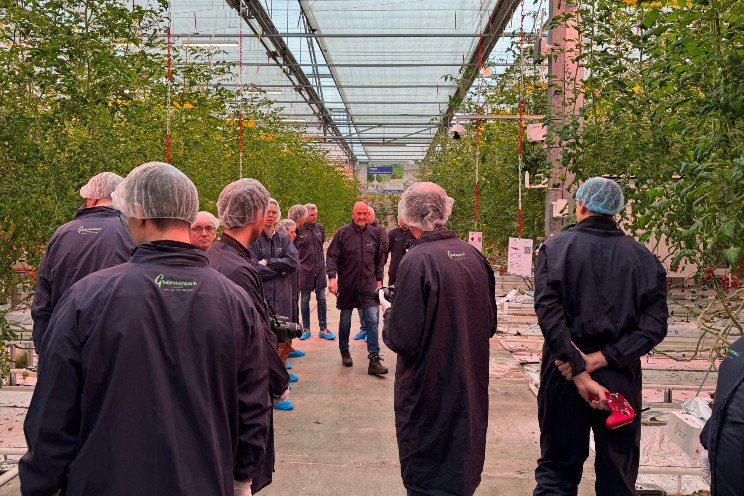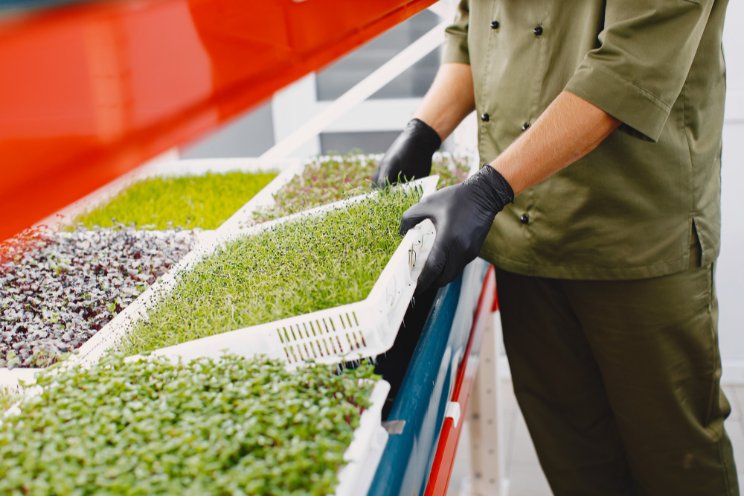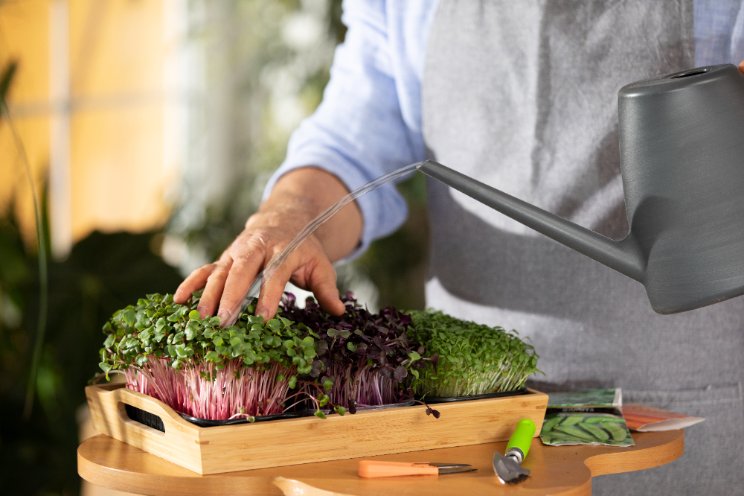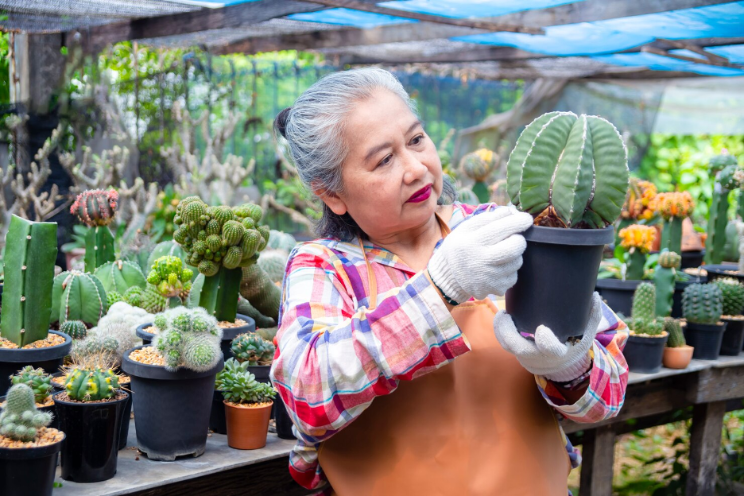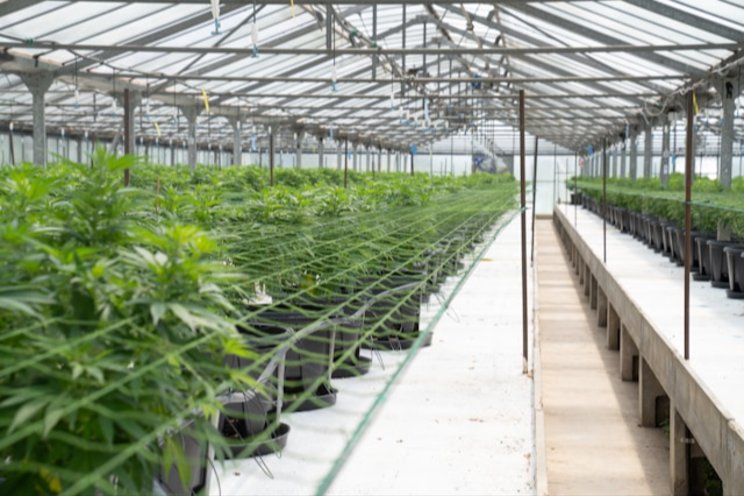Why early detection is critical to managing plant pests
Added on 13 October 2021

We reached out to Albert Grimm, Head Grower at Jeffery's Greenhouses in St. Catharines, Ontario, and our 2016 Head Grower of the Year, to get his take on and the most critical components of pest management.
Q: When it comes to greenhouse ornamentals, what are your protocols for scouting, monitoring, and identifying a pest?
We are working with year-round biological control. Very early pest detection is absolutely crucial for the success of any biocontrol program. I would go so far to say that the outcome of the program depends more on early detection than on any other factor.
Consequently, we involve everybody in scouting. All staff are asked to check the plants that they work with at all times. They don't have to identify any pests. They don't even have to know what they are looking for. We simply ask them to call one of our pest control specialists if they do find anything that looks like an insect or a mite, or anything that does not look normal. We certainly get to see a lot of non-problems, but we have a chance at finding noteworthy infestations of mites, whitefly, or aphids much earlier than with traditional scouting methods and when they are still small enough to control with biological systems.
We do have, of course, standard scouting programs with yellow sticky cards and with regular crop inspections by trained scouts, but these methods will only alert us to an infestation after the fact, i.e., when the pest has already had a chance to develop. So, we use the data from these scouting programs primarily to determine how well our programs have worked and whether we need to change our methods.
Q: How successful has this program been?
Very, at least if you look at it in the context of biological control.
We had the last serious pest infestation almost 20 years ago when Q-biotype whitefly on our poinsettias could no longer be controlled with chemicals.
From that time forward, we have used biological control with increasing intensity, and we had steadily better results as our know-how improved.
The success of the biocontrol system depends directly on accurate early detection, and the better we became at early, deep scouting, the better our control results became.
Q: What tips and tricks would you give to other growers when they are scouting?
Take a course in entomology. You really have to understand each pest organism in detail before you can effectively scout for it. Do not just concentrate on the look of the insect, but try to understand its behavior in the greenhouse.
Get a microscope. A decent 10X - 30X stereomicroscopes can be had for under $400.
Always use the same people, the same methods, and the same type of record, so you can compare pest populations over time. Create very detailed records that you can compare from year to year, so that you can develop the ability to judge whether a population is still manageable or whether it is panic time.
Read more on Greenhouse Grower
Photo created by wirestock - freepik
Source: Greenhouse Grower
More news


